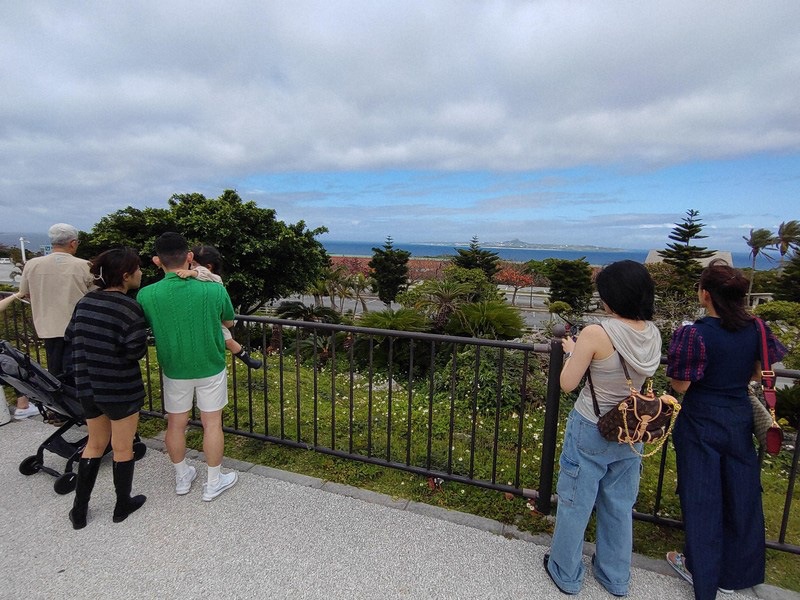
People evacuate to a higher area ahead of a tsunami warning in Motobu, Okinawa Prefecture, Japan on April 3 - Photo: MAINICHI
When a 7.2-magnitude earthquake struck Taiwan on April 3, a tsunami warning was issued for several islands in Okinawa Prefecture, Japan.
According to the Mainichi newspaper on April 6, the Japan Meteorological Agency (JMA) recommends continued caution for the next week after the April 3 earthquake because it cannot rule out the possibility that subsequent earthquakes will cause tsunamis.
Therefore, visitors to Japan's beaches this summer are advised to review tsunami warnings and preparedness measures.
On the day of the Taiwan earthquake, a tsunami warning of more than 3 meters was issued at Bibibeach in Itoman City, Okinawa Prefecture.
About a dozen tourists on the beach were told to evacuate via loudspeakers and under the guidance of lifeguards. Within 10 minutes, all tourists were evacuated to a nearby 10-story hotel.
According to the Okinawa prefectural government's guidelines, before a tsunami hits, if possible, people should evacuate to higher ground , shelters or buildings at least 5 meters above sea level outside the flood risk area. However, the beach management board will also have specific instructions.
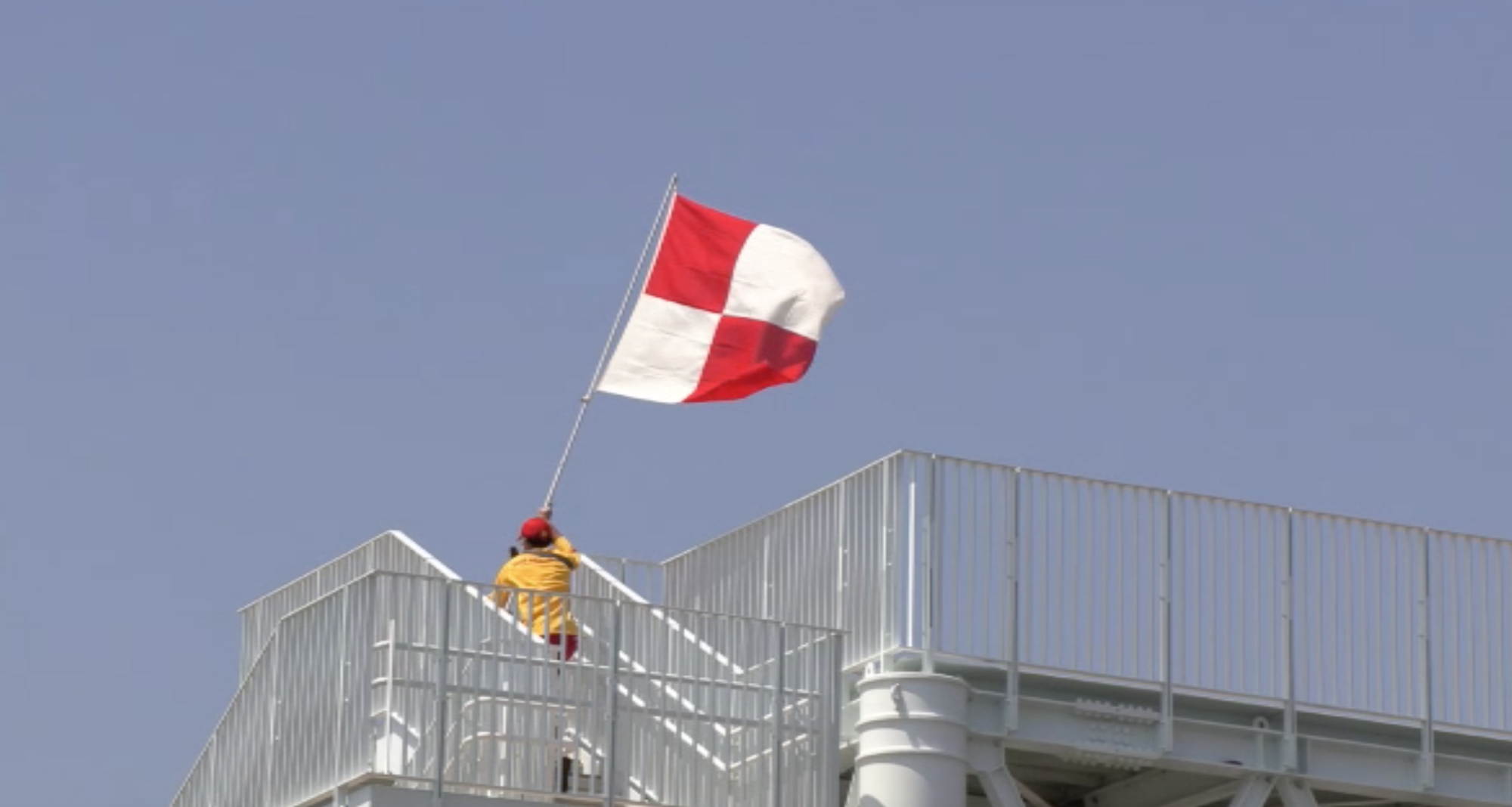
A Japanese rescue worker waves a tsunami warning flag - Photo: JMA
To warn people who are deaf, swimming or wearing earplugs, Japanese lifeguards will wave red and white patterned flags, known as "tsunami flags" .
The JMA and other organizations in Japan introduced the flag in 2020, but some people still did not recognize it when it was waved in Itoman this time. Mainichi said it is necessary to raise people's awareness of the meaning of this flag.
One thing to note is that when evacuating from the beaches in the summer with bare feet, visitors are very likely to get tar burns or scratches that can become infected. Therefore, if there is enough time, people should wear sandals and wear extra clothes to cover as much skin as possible.
Finally, according to the deputy secretary general of the Japan Rescue Association (JLA), Yojiro Sato, people should proactively move with rescuers who are knowledgeable about disaster response measures in the area.
Source



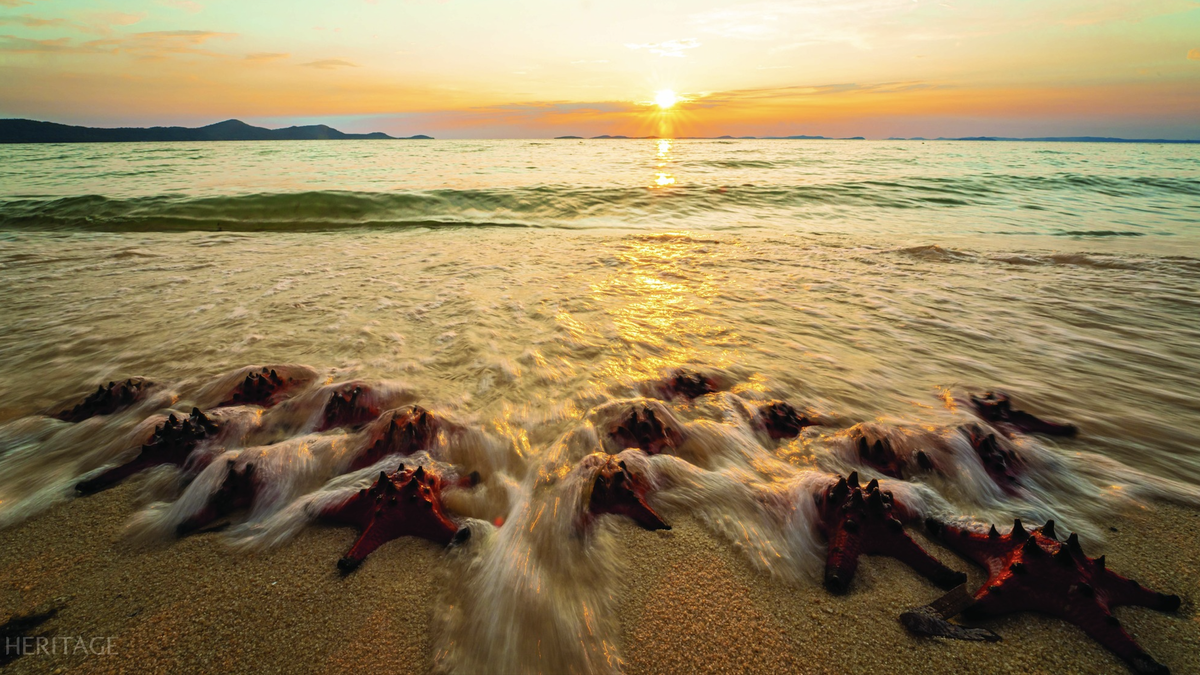

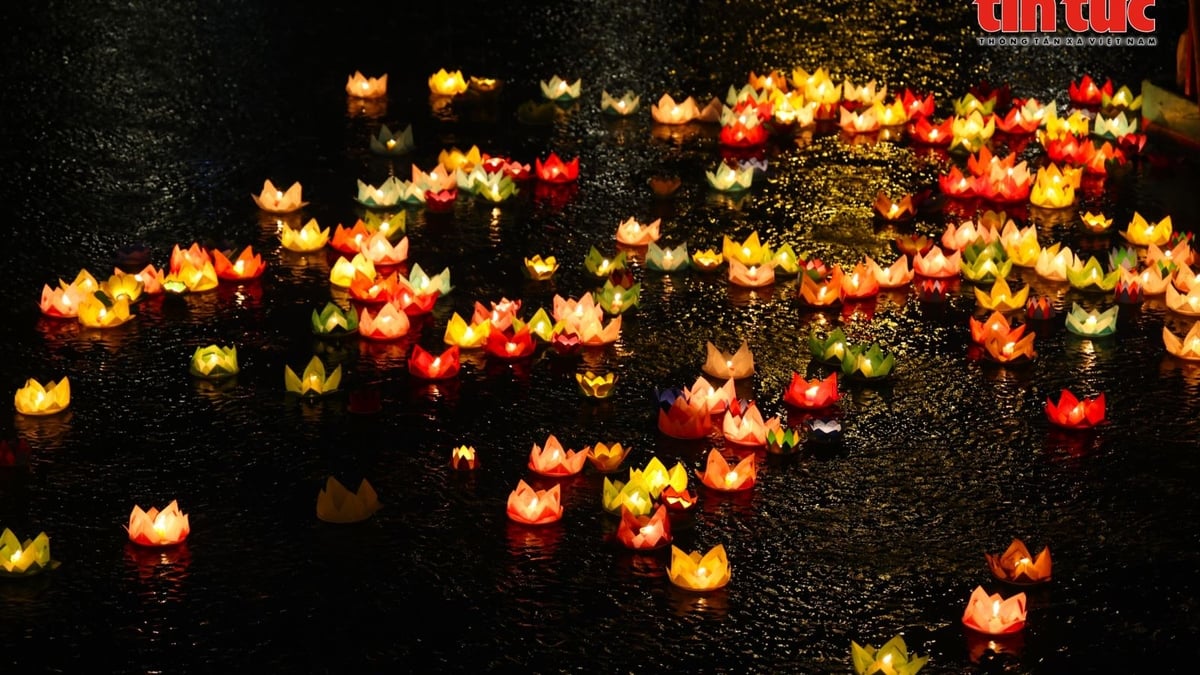




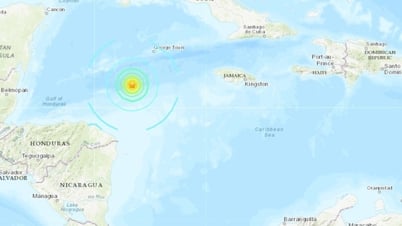
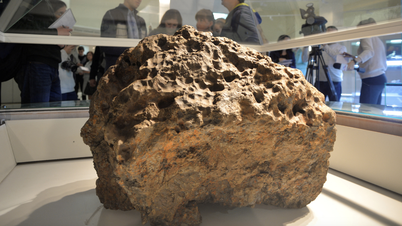







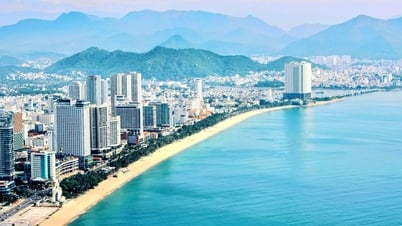













![[Photo] Ho Chi Minh City: Many people release flower lanterns to celebrate Buddha's Birthday](https://vphoto.vietnam.vn/thumb/1200x675/vietnam/resource/IMAGE/2025/5/10/5d57dc648c0f46ffa3b22a3e6e3eac3e)
![[Photo] General Secretary To Lam meets with Chairman of the Federation Council, Parliament of the Russian Federation](https://vphoto.vietnam.vn/thumb/1200x675/vietnam/resource/IMAGE/2025/5/10/2c37f1980bdc48c4a04ca24b5f544b33)


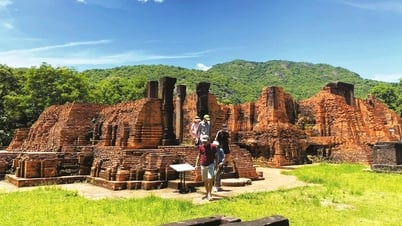










































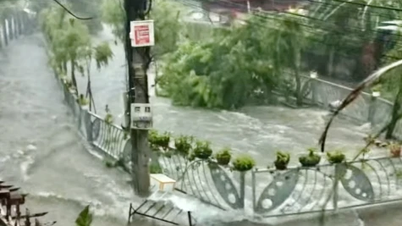

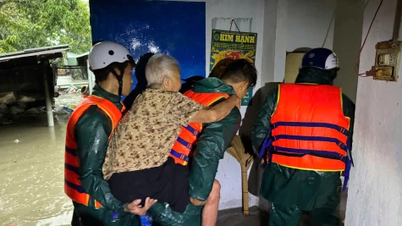















Comment (0)